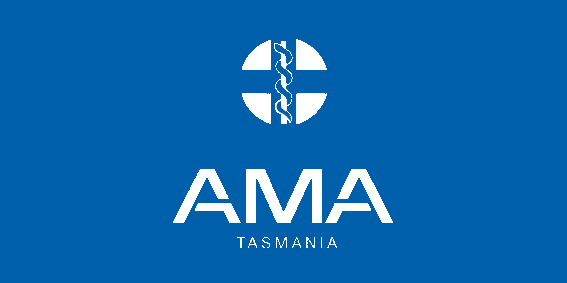
The AMA’s dangerous misinformation campaign on vaping continues
Posted on September 17, 2024 By Colin
THE TASMANIAN BRANCH OF THE AMA (Australian Medical Association) issued a media release yesterday criticising an opinion piece by Senator Tammy Tyrrell on vaping. The AMA’s response reveals a striking level of ignorance and bias about vaping, perpetuating myths that contradict the existing body of scientific evidence.
Let’s take a closer look at some of the AMA’s most misguided claims.
Claim 1: "Vaping does not reduce smoking”
This claim ignores the overwhelming scientific evidence that vaping is an effective quitting aid. Rigorous Cochrane reviews of randomised controlled trials have found vaping to be more effective than nicotine patches and gum and at least as effective as varenicline (Champix). Findings from real-world studies including observational studies, population studies, improvements in national smoking rates and studies of accidental quitting support this.
To deny the effectiveness of vaping as a quitting tool in the face of such robust evidence is reckless and harmful. Smokers who are struggling to quit need options that work, and vaping has proven to be the most effective to date. By dismissing vaping’s effectiveness, the AMA is doing a disservice to public health.
Claim 2: "The idea that vaping is a safer alternative is a highly dangerous narrative pushed by tobacco companies”
This is not an argument pushed by the tobacco industry—it is a statement of fact supported by a wide range of reputable, independent public health organisations, such as Public Health England, the Royal College of Physicians and NASEM, based on comprehensive reviews of the evidence.
The AMA’s claim is a deliberate attempt to discredit the science behind vaping by linking it to Big Tobacco, a common tactic used by anti-vaping advocates to incite fear and mistrust. This only serves to confuse the public and delay harm reduction efforts.
Claim 3: Vaping is “linked to acute lung injury and popcorn lung”
There is no evidence that vaping nicotine causes either of these conditions. This is another desperate and dishonest attempt to stoke fear and misinformation.
Claim 4: "Vaping has become a gateway to smoking"
This is one of the most persistent myths about vaping, yet the research shows the exact opposite. Vaping is diverting young people away from smoking overall and is accelerating the decline in youth smoking rates. Once again, the AMA is ignoring the real-world evidence and clinging to disproven fears.
The association between vaping and smoking is not causal and is based on the ”common liability” of some young people to both vape and smoke. AMA is making the fundamental error of confusing association with causation.
Claim 5: Restrictions will "mitigate, not encourage, illicit trade”
The AMA dismisses concerns that further restrictions on vaping will lead to the growth of the black market, calling it an "industry ploy." This claim is not only factually incorrect, but it also ignores the current situation in Australia. As criminologist Dr James Martin explained to the Victorian Parliamentary Inquiry recently:
“The black markets for illicit tobacco and vaping products in Victoria and around Australia are large and growing…The massive black market for these products is the direct result of increased government restrictions”
The solution for this black market is not more harsh restrictions, but rather to replace it with a legal, regulated one.
Claim 6: "GPs are very happy to help” with vaping
Finally, the AMA claims that general practitioners (GPs) are ready and willing to help patients with vaping. This is far from the truth. While some GPs are supportive of vaping as a harm reduction tool, the majority are either ill-informed or reluctant to prescribe or recommend nicotine vaping products.
Many smokers report frustration when approaching their GPs for help with vaping, often being turned away or given inaccurate information. This reality contrasts sharply with the AMA's rosy depiction of GPs as champions of vaping support.
Conclusion
The Tasmanian branch of the AMA has done a disservice to public health with its misguided and factually inaccurate statements on vaping. Its media release not only dismisses the robust evidence supporting vaping as the most effective quitting aid but also spreads fear and misinformation about its safety and role in smoking cessation. Instead of engaging in evidence-based dialogue, the AMA has chosen to perpetuate outdated myths and ignore the harm reduction potential of vaping.
It's time for the AMA to acknowledge the overwhelming body of scientific evidence and support vaping as a vital tool for reducing smoking-related harm in Australia.
References
Vapings dangerous myths. Media release. AMA Tasmania 16 September 2024
Senator Tammy Tyrrell. Nanny state needs to take a breath. The Mercury 1 May 2024
Go to Top